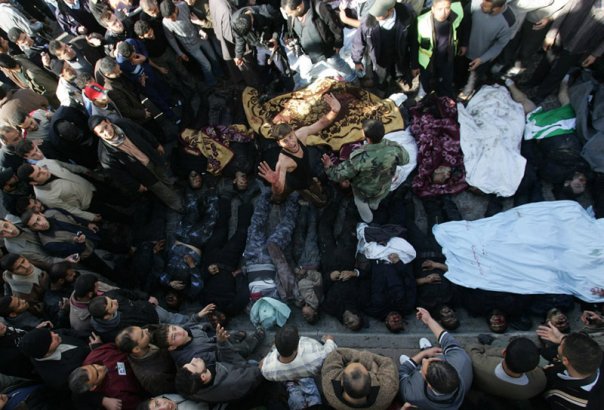
Artist: Abdul Rahman Khatib – Ismael Muhamad Khatib – Said Khatib – Palestine
we are three brothers, the forth and fifth work, like ourselves as photographers and journalists
we lived the war experience… and barely survived
Abdu Rahman’s house was bombed
and only by the grace of God …he lived
Gaza, September 4th 2009

Artist: Abdul Rahman Khatib – Ismael Muhamad Khatib – Said Khatib – Palestine

Artist: Abir Abdallah – Bangladesh
With the changing climate, the flooding grows ever more extreme and unpredictable. Thousands of straw, bamboo, and tin-made houses submerge under water. Millions take shelter in the embankment with their livestock. Approximately 1.5 million acres of crops have been damaged, destroying the primary source of income for millions of people. I have traveled through many floods affected chars where more than 600,000 people live and their lives are getting more uncertain every year. Fear not to find any more dry lands to live if flood continues. I came across many brave people who shifted many times from one land to another in their life. They understand well this battle against Nature never ends.


Artist: Amanda Rivkin – United States
Amanda Rivkin, 25, is a photojournalist currently based in Washington D.C. She began her photojournalism career in covering local and national politics, spot news and features in her hometown, Chicago, and across the Midwest.
There she photographed for publications including The New York Times , where she was a regular contributor for nearly one year, as well as Agence France Presse, Courrier Japon, Der Spiegel, The Financial Times, Le Monde, Newsweek and others In Chicago, Amanda covered Barack Obama’s election night victory, transition to the presidency and historic inauguration

Artist: Anastasia Taylor Lind – United Kingdom
West country farmers have paid their labourers with cider since medieval times; a tradition that remains today in a part of the world where many local customs center on the apple harvest and cider-making season. Described as an agricultural necessity and certainly more than just an alcoholic drink, it is a tradition that has bound remote communities together for centuries. The cider, specific to England, is made by simply placing fresh apple juice in airtight oak barrels where fermentation naturally occurs. The artist is a young London based photojournalist and one of UK’s most promising emerging photographers. Anastasia Taylor Lind’s work is socially concerned and focuses largely on the lives of women as they struggle to survive in patriarchal male-dominated environments.
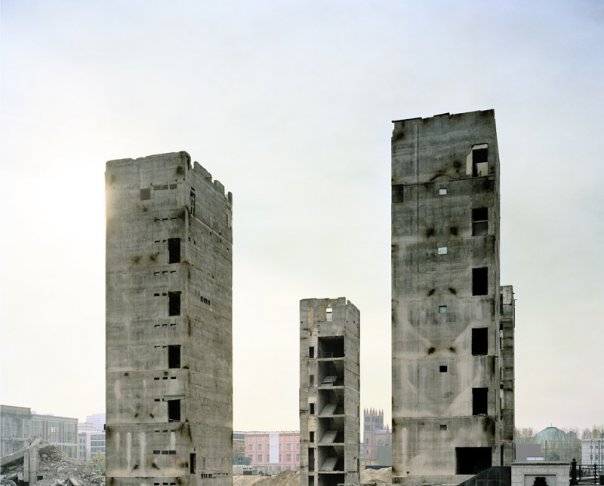
NEW ROMANTICISM
Artist: Andrej Glusgold – Russia Germany
In the ongoing series “New Romanticism,” I photograph painters and poets living in Berlin and German landscapes in Brandenburg and Thüringen. I am interested in the tradition of romantic painting of the 19th century. What did survive from this attitude and can be translated into modern pictures? How can one transform metaphysical longing and spirituality into photographs?

APR NEWS Aleppo, Syria
Artist: Andreja restek ©
She participated, speaking of war reporting, in various events organized by University of Turin, UNICEF, the Italian Federation of Photographers, Italian Association Victims of Terrorism, RAN Berlin, Museum of the Resistance in Turin, RAI TV and many local networks.
In the last four years she has closely followed the Syrian war going on site several times because, as the great master Kapuściński said:
“I can not tell how people die at war by sitting in a hotel, far from the battle. How do I know how people feel in a siege, or how is the battle, or which weapons have the soldiers, what clothes they wear, what do they eat and what do they feel? You have to understand the dignity of others, accept them and share their difficulties. Risking life is not enough. The essential is the respect for the people you write about.


Artist: Bent Hedeby Sørensen – Denmark
Penetration is a series of self-portraits of the artist Bent Hedeby Sørensen, who acts as the canvas, on which female figures are projected. The women represented in classical art historical paintings, and the artists’ self-portrait become intertwined in an attempt to reduce the distance between the sexes. The photographs express the inner exile of the artist, who interprets his surroundings while being at a distance.

Artist: Carol Farah – Syria
I see them every day and everywhere. I can’t do without catching them with my camera, they are always pure and the most innocent, poor or rich, student or worker, sake or with good health. They have always, the same reaction when they are sad or happy even when they tray to act like an adult when they are forced to lie! We can easily identify the truth from
their lovely eyes pure and innocent.
It’s hard to me to think that one day ago, we were innocent like them and how we lost it today. And it’s even harder to me to imagine that those children some day they will lose it to.
I’m interested by the human-beans in general, I tray to show in my pictures the children from different backgrounds and conditions of life. How fragile they are even in a peaceful and secure country. A child needs a special care everywhere.
In my image I show both, negative and positive sides, children are the light in the dark that I need to capture my image…

Ticket to Baghdad
Artist: Claudia Zanfi & Gianmaria Conti – Italy
“A Ticket to Baghdad” is a cultural visual project after a long tour of Iraq in 2002. It consists of a series of interviews with students and young artists of the Baghdad Art Academy about their “dreams” for the future and in a series of photographic images on the city and its architectures. The artistic work indicates a hypothetical terrain in which Iraqi intellectuals have had to practice the culture of necessity, over the past three decades, as an act of salvation. It is a culture that does not belong to any aesthetic, ethnic, or political category; it belongs only to itself. The creation of this series of “collages” reveals a degree of complexity and a critical attitude of the authors towards contemporary society.
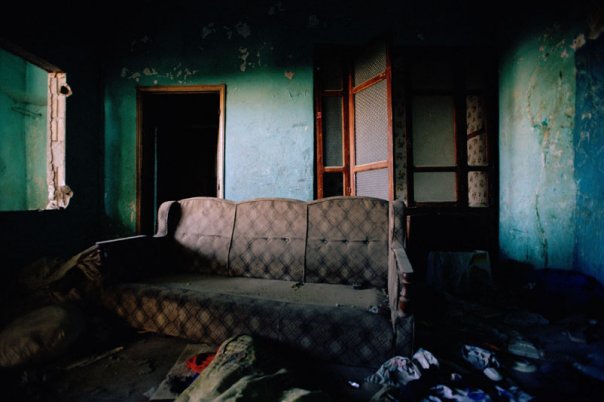
Abandoned Spaces
Artist: Dalia Khamissy – Lebanon
Born and raised in Lebanon, a country that has been continuously in conflict since 1975. Dalia always avoided documenting Lebanon’s conflicts until she got deeply involved in it when in 2005 she worked as the photo editor for the Associated Press in Beirut. In summer 2006, during the 34-days Israeli offensive on Lebanon, Dalia saw the conflict through the lens of other photographers she was editing. End of 2006, she quit her job to go back to photography documenting the aftermath of the war. In Dalia’s “Abandoned Spaces,” she aimed at documenting the peace she discovered in every house or mosque, even in the presence of chaos; she wanted to represent the space in the most dignified way.
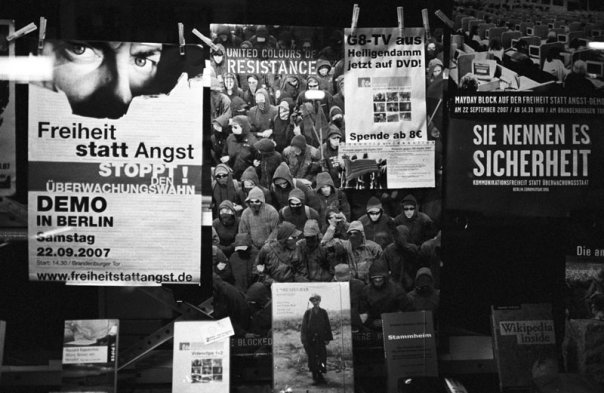
Artist: Damaso Reyes – United States
Born and raised in Brooklyn, New York, Damaso has worked for institutions and his work has appeared in publications including: The United Nations Development Program, The Associated Press, The Wall Street Journal, Vanity Fair Germany, Der Spiegel and Time Asia. Previous assignments and projects have taken him to countries including Rwanda, Iraq, Indonesia, Tanzania and throughout the United States.
He is the recipient of several awards and fellowships including a Fulbright and Arthur F. Burns Fellowship and two first place awards for international reporting from the New York Association of Black Journalists.
Damaso is also the principal photographer on The Europeans, a long term photographic documentary project examining the changes that Europe and its people are experiencing as the European Union expands and continues to integrate

Artist: Ernest Hasse – Germany
My life is a journey with many different paths. When I look closely into my path, I experience different emotions that increase my curiosity. Sometimes I forget myself through self-discovery, and it’s best when I find myself again and the journey continues.

Artist: Fassih Keiso – Syria, Australia
The life in the 21st century explores the impact of 21st-century politics and culture on humanity and art production. It highlights the transition in photography from analogue to digital, mixing the two techniques. This series presents large digitally manipulated photographic prints that at their core are classic portrait photography, but with a surrealistic twist using digital retouching techniques.

The Option of Last Resort
Artist: Gabriela Bulisova – United States
After six years of war in Iraq, the number of Iraqis displaced either internally or forced to flee across borders to neighboring countries is estimated at close to 5 million. This is the statistical equivalent of nearly 50 million Americans, making it one of the greatest refugee crises in modern history. These masses of displaced victims of war have become unnamed, anonymous non-entities, statistically relevant yet individually insignificant. Hiding amongst the displaced is a group of Iraqis who have been forced from their homes because they helped the United States. They signed up to serve as interpreters for the American Armed Forces or as experts with the U.S. Government, NGOs, and American companies working in Iraq. Now, they are the most hunted class in Iraq. The lethal stigma they bear as “collaborators” transcends sect or tribe, and they are being systematically targeted for assassination. Resettlement is considered by the United States government as the “option of last resort” for the most vulnerable refugees. In this project, a sequel to my series on Iraqi refugees living in Damascus, Syria, I interview and portray Iraqi refugees who have been resettled to the United States and are living in the Washington D.C. area. This project focuses on these refugees as they encounter the intricate, challenging, and often frustrating and disillusioning process of transitioning to life in America.
Still fearful for their own safety and the safety of family members in Iraq, many refugees have asked that I not reveal their faces or names.

Artist: George Haddad – Lebanon
George Haddad is a freelance photographer based in Beirut, specializing in feature, documentary, and commercial photography. His artistic work often explores themes of symmetry, lines, curves, and dimension, focusing on abstract and still life images.

Artists: Gunārs Binde, Pēteris Korsaks, Vilhelms Mihailovskis, Leonīds Tugaļevs, Varis Sants, Juris Kmins – Latvia
This group of renowned Latvian photographers collaborated on the “Cēsnieks 2006” photo campaign to celebrate the 800th anniversary of the Latvian town of Cēsis. Their work emphasizes people and their surroundings, aiming to document the present era for future generations.

Artist: Harold Naaijer – The Netherlands
Harold Naaijer, a self-taught photographer from the Netherlands, focuses on life’s spontaneous moments. His work has led to several books and exhibitions across various countries. Currently based in Lisbon, his projects explore themes of beauty, expectations, dreams, power, and hope across Europe.

Artist: Ivor Prickett – Ireland
“The Quiet after the Storm: Croatia’s displaced Serbs” by Ivor Prickett explores the aftermath of the Croatian War of Independence, focusing on the displacement and return of Croatian Serbs. His work captures their journey back to reclaim and rebuild their lives.

Artist: James Whitlow Delano – United States
“Dystopia / Utopia: Growing Pains in the New China” by James Whitlow Delano examines the contrasts within modern China, capturing the vast disparities and the country’s potential for global influence. His work questions the dichotomy between dystopia and utopia in the rapid development of China.
Artist: Jowhara Alsaud – Saudi Arabia -Morocco
My latest body of work began as a comment on censorship in Saudi Arabia and its effects on visual communication.
Figurative work is still considered by many to be sinful.
In an attempt to comment on this censorship, I tried to apply the language of the Censors to my personal photographs. I began by making line drawings from the photographs to the level of abstraction and only kept the essentials.
It became a game of How much can you tell with how little. When reduced to line drawings or sketches, the images
achieved enough distance from the original photographs that neither subjects nor censors could find them objectionable.
For me, they became autonomous, and I became interested in the minimal narratives they created.
I’ve always felt that a photograph functions more like a
memory, in that it’s a singular perspective of a split second in time, entirely subjective and hence impressionable.
What also interests me is that the information omitted
(scratched away emulsion) creates an image of its own, as do the censors to our cultural landscape.

Living Stone: A community losing Its Life
Artist: Khaled Hasan – Bangladesh
The stone-laborers of Jaflong, Bangladesh, face diminishing resources and risks at the Indo-Bangla border. Despite legal and human rights issues, over 5,000 men, women, and children engage in stone extraction, posing threats to health, environment, and agriculture. Government initiatives to mitigate these impacts are lacking.
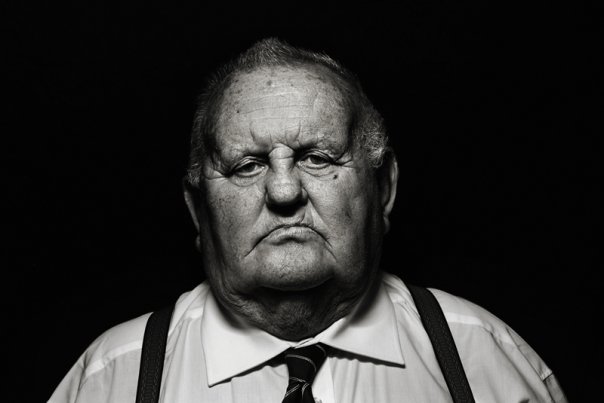
Artist: Kim Wendt – Denmark
Kim Wendt’s work reflects on masculinity, showcasing the strengths and vulnerabilities of men. Through a mix of emotion, silence, and self-reliance, Wendt explores themes of change, innovation, globalization, and solitude, highlighting the internal exile men often seek.

Towards The Rise Of Women
Artist: Laura Bushnaq – Palestine -France
This project highlights the educational deprivation of Arab women, focusing on Egypt’s female illiteracy. Laura Bushnaq’s portraits of women in literacy classes in Cairo, who inscribe their barriers on their images, underscore the societal challenges and cultural constraints they face.

The Earth
Artist: Li Wei – China
“I was born in Hohot in 1976, Inner Mongolia, on the north boarder of China, Inner Mongolia is the largest grazing region in China. On this land live Han and Mongolian people. In January 2008, I started traveling and taking photos of Inner Mongolia.
I have visited places such as Alxa in west Inner Mongolia, Hulunbuir grassland in east Inner Mongolia, and Xilingol grassland in central Inner Mongolia .The process of producing “The Earth” photo project was the process for me to understand my hometown. On the grand grassland, the traditional nomadic life style was influenced by the impact of modernization. Some herders do not live in the yurts anymore, instead, they have settled in towns. only old Mongolian people have kept their Mongolian traditional wear, The young generation prefer to dress more fashionably. The Earth project represents the real life of people living on the Time and Space boarder”.
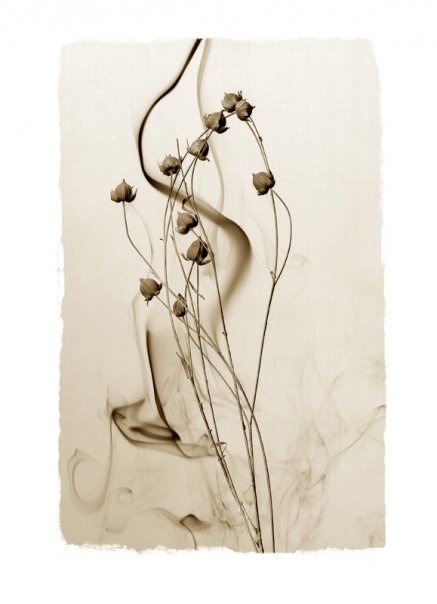
Artist: Liga Sakse – Latvia
Liga Sakse, born in Riga, Latvia, explores various art forms, including photography and oil painting. She has contributed to calendars, photo albums, and magazines, focusing on the beauty and dynamics of smoke in her photography, which she views as an expansion of the concept of beauty.

The Theater of Peculiarities
Artist: Lucyna Galik – Poland
Lucyna Galik uses broken china dolls and statuettes to create surreal photographic art, exploring the jigsaw of reality through assembled objects and scenes. Her work reflects a unique narrative constructed from these ancient sculptures and mythological figures.

Artist: Mark Nozemen – United Kingdom
Mark Nozemen’s work explores identity in Europe, focusing on the changing values and frustrations of a new generation in Moldavia. His projects delve into the impact of economic globalization on personal and cultural identities.

Artist: Mi Ree Abrahamsen – Norway
Mi Ree Abrahamsen emphasizes the beauty of imperfection in her photography, which captures abstract ideas without manipulation. Her work explores the power of spontaneous images to reflect life more authentically than planned compositions.

Us/Them II
Artist: Peter Riedlinger – Germany
is a body of photographs that negotiates the massive and accelerated changes in urban and rural space and landscape in the environs of East-Jerusalem.
An initial set of images was created in 2001 with the beginning of the gradual isolation of Palestinian Jerusalem from its natural environment the West Bank, which provided in many ways essential quality of life for the city.
In a long-term, sustainable observation effort this initial work serves as a basis for more and new photographs from 2008 that are put in comparison.
The present and near future of a reality of pure apartheid dictated with all military might and economic power seems evident if one sees the segregated Israeli settlements and the Wall surrounding the city on the one hand, and the Arab part that is kept to its lowest development on the other.
The uniqueness of Jerusalem as a place of universal values and spiritual importance is rapidly eroding. Urban planning and the insane conquest of more and more Palestinian land resources have done enormous physical and psychological damage that hardly leaves room for hope in the Holy Land.


Artist: Reem Al Faisal – Saudi Arabia
Reem Al Faisal, a Saudi artist, uses her photography to explore divine manifestations in nature and humanity, viewing light as a symbol of God’s presence. Her work aims to praise God’s glory, highlighting the spiritual essence within the physical world.



Artist: Roumen Koynov – Bulgaria
Roumen Koynov, a Bulgarian artist, found new inspiration in Brazil, a vibrant contrast to post-communist Bulgaria. His art, enriched by the cultural and natural diversity of Amazonia, reflects a journey of rediscovery and professional fulfillment.


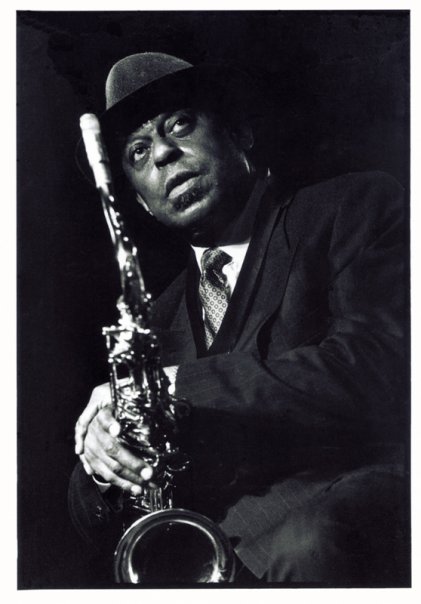
Artist: Samuel Nja Kwa – Cameroon – France
Samuel Nja Kwa, born in Paris and raised between Cameroon, France, and Canada, explores the African roots of Jazz through his photography. His work interrogates the African musical culture’s evolution and influence on Jazz, highlighting its enduring legacy.

Beyond Lolita”
Artist: Suzanne Banning – The Netherlands
For this series I allowed the famous and controversial Vladimir Nabokov book “Lolita” to inspire me. One can indulge oneself in Nabokov’s complex tale of sexual obsession and immorality; it has an incredibly rich poetic style pregnant with puns, aesthetic alliterations, and features the most original sexual metaphors.
That, in addition to the innumerable list of literary allusions aroused many interesting subjects, made this Masterpiece an extremely stimulating muse for me.
I tried to show the little girl in all her facets. The way I see her is dualistic; on the one hand as a seductress and on the other hand as a victim. She has no choice but to submit to her surrogate Daddy but, on the other hand, she possesses a power over him that is too strong for him to resist.
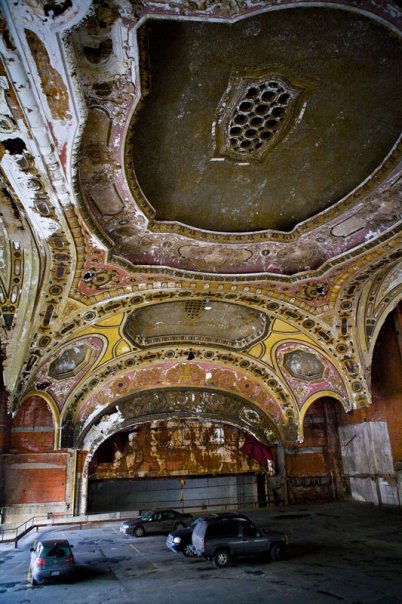
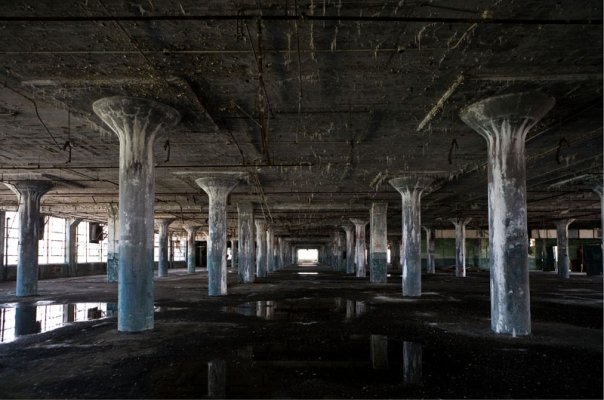
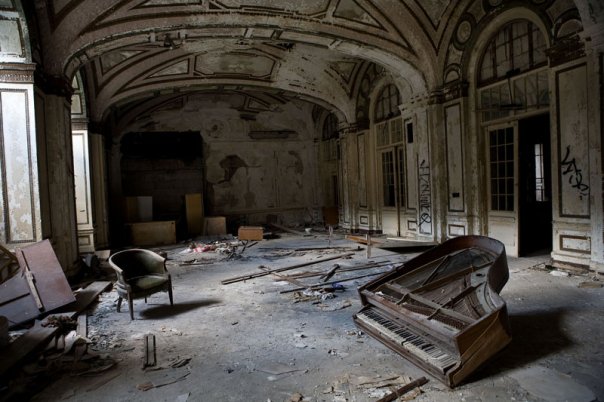
Detroit Decay Project
Artist: Timothy Fadek – United States
I found a way to use photography to make statements about social issues that I cared about.! Without making a conscious decision Detroit.! Long a city in decline, as it’s fortunes are intertwined with that of GM, Chrysler and Ford, it is a good example of American urban decay! There are several ways to photograph to tell a story about a declining automobile industry! I chose to look at the allegory that is Detroit.
Decay has long been a fascination for photographers, and I am no exception ! I find urban decay mesmerizing. There is something haunting and mystical about the spaces, structures and monuments that we create, but abandon once we are done with them and have outlived their usefulness! Without an active human presence, these places take on a new purpose! they become vessels of human souls, not ghosts or souls of the dead, rather, these places become new monuments of a vanished humanity.
About Timothy Fadek Photographer Timothy Fadek has worked in more than 25 countries and has faced personal risk in order to bring attention to major world events such as the wars in Iraq, Lebanon, Kosovo, Macedonia, Israel and the PalestinianTerritories, His photographic reporting has been published in hundreds of magazines worldwide and have been exhibited in major galleries!

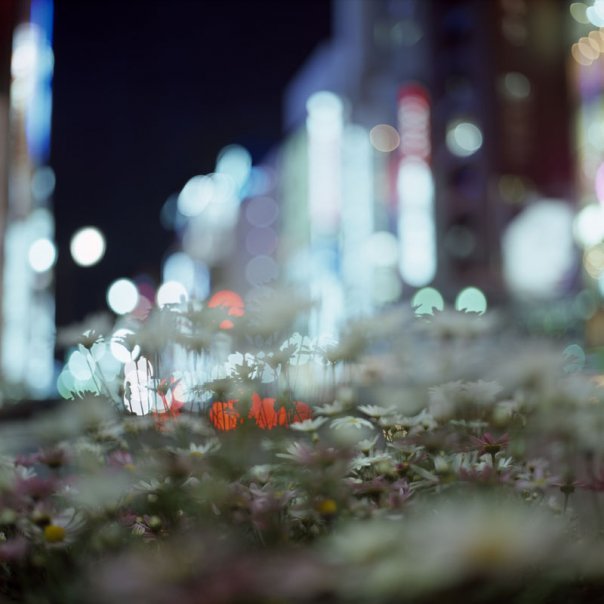
Daily Pilgrims
Artist: Virgilo Ferreira – Portugal
This project was developed in 2006 in some Asian cities: Bangkok, Macao, Hong Kong, Beijing, Shanghai and Tokyo. In all of them, territory and behavior are changing fast. Cities seem to mirror our state of mind and reveal secrets that can be decoded when minute details are looked at: It is between the lines that I seek ambiguities and contradictions.
As focus and lack of it creates tension, the unfocused faces turning into fleeting masks. This information deficit catches the eye of the observer and makes the portraits stand out, also adding enigma; anonymity is always intriguing.
The images without people contextualize and engage in dialogue with the portraits; they are emotional atmospheres and decoding games.
